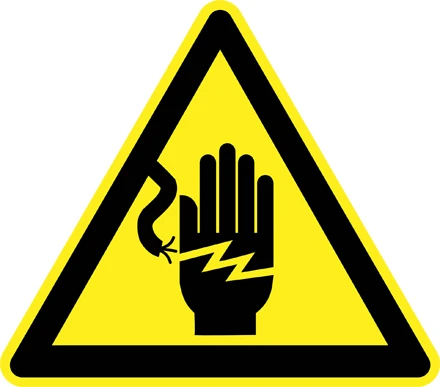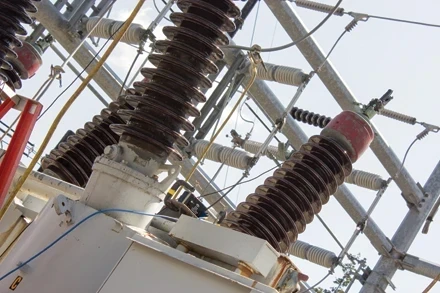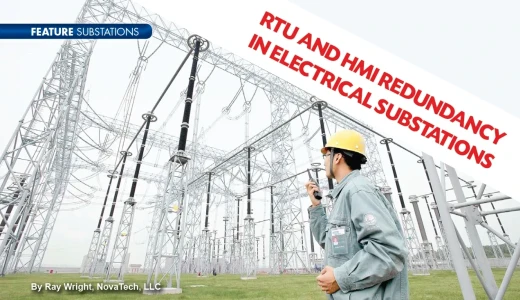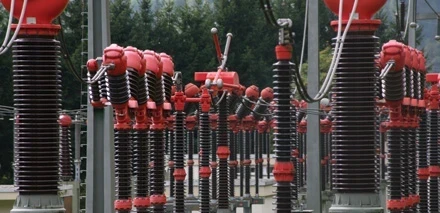Safe Grounding in Substations

How to guard utility personnel from shock hazards
BY JEFF JOWETT, Megger
In the power industry, safety is just as important a function as performance. Safety considerations, parameters, and methods of implementation are an integral part of any electrical system. A most important element is the grounding system. This system performs several functions, not the least of which is safety. Substations are active in fault clearance, and personnel working in and around them, as well as pedestrians passing in the vicinity, need to be protected. When a fault condition occurs, the grounding electrode (grid) must be sufficient to equalize potentials both in and around the substation.
SIZING CONDUCTORS A critical part of safety grounding is the sizing of conductors in order to accommodate maximum possible fault currents without fusing (burning open). Grounding conductors are sized according to the equation A = KI√S, where A is the cable size, commonly in circular mils, K is the connector factor, I is the maximum fault current and S is the maximum fault time, in seconds. Put simply, conductor size depends on magnitude and duration of fault current and on the type of connections used in the grounding system. Electric utilities cannot presume personnel are safe just because a ground grid exists.









